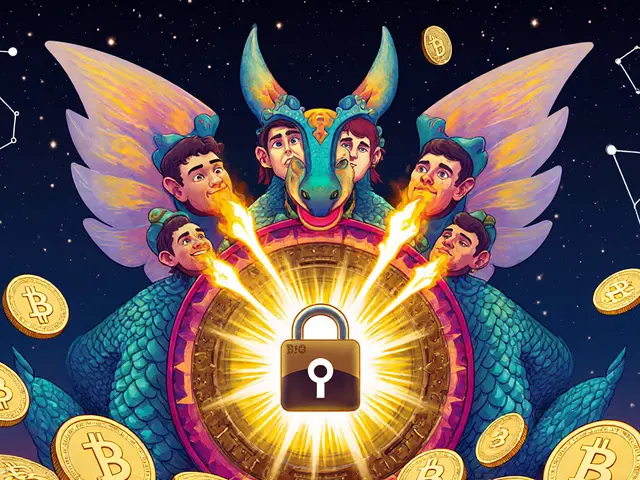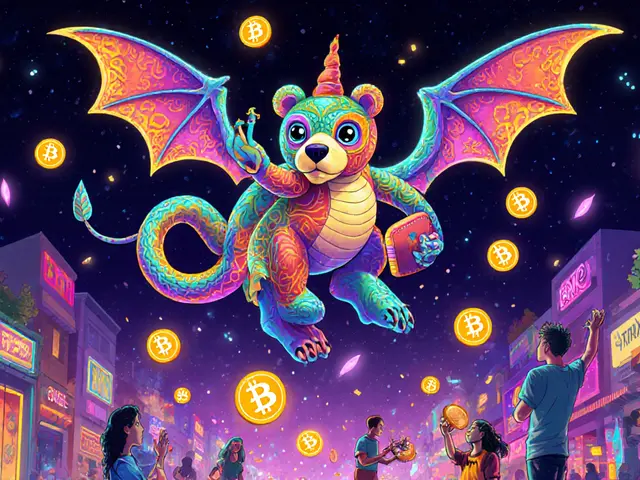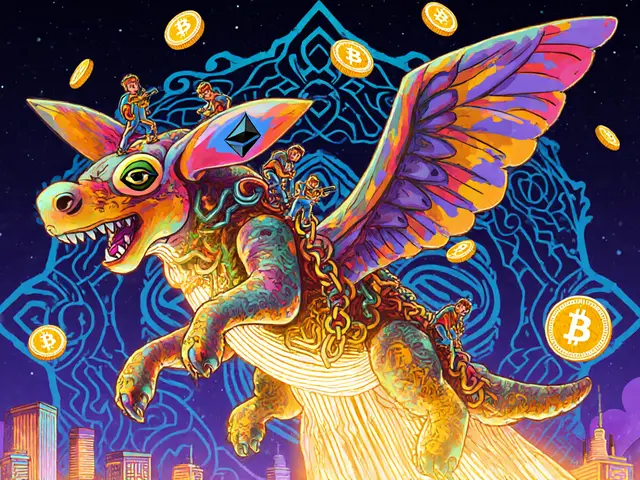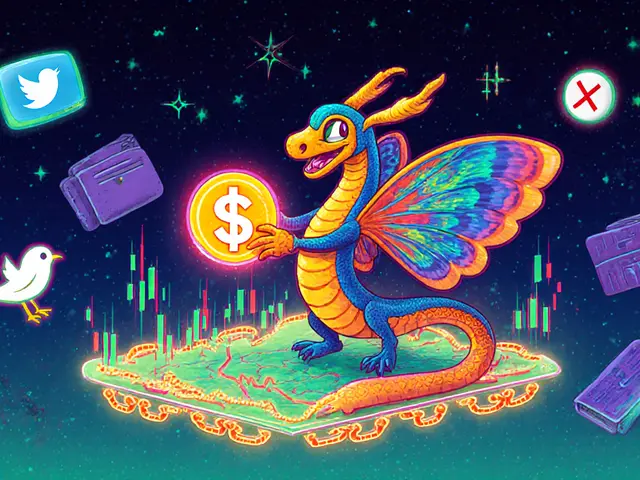Best Crypto Exchange for Beginners and Traders in 2025
Find the best crypto exchange for your needs in 2025. Compare Kraken, Coinbase, Binance US, and Uphold on fees, security, staking, and ease of use to make the right choice.
When you think about Kraken, a long-standing cryptocurrency exchange built for serious traders who care about security, fees, and transparency. Also known as Kraken Exchange, it was one of the first platforms to offer direct fiat on-ramps in the U.S. and remains one of the few major exchanges still operating without a single major hack in over a decade. Unlike many newer platforms that chase hype with flashy interfaces and gimmicks, Kraken has stayed focused on what matters: keeping your assets safe and giving you real control over your trades.
Kraken isn’t just another exchange—it’s a benchmark. It requires strong KYC, which turns off some users, but it’s exactly that discipline that kept it alive when others collapsed. It enables advanced trading tools like margin, futures, and staking—all with transparent fee structures that don’t hide behind maker-taker confusion. And it relates to crypto security, the practice of protecting digital assets from theft, hacks, and phishing. Also known as digital asset protection, it’s the reason Kraken stores 95% of its users’ funds in cold storage and uses multi-sig wallets with hardware-backed keys. You won’t find Kraken promoting fake airdrops or unvetted tokens. Instead, it lists coins based on real liquidity, audit history, and team transparency—something you’ll see reflected in the posts below, where projects like Franklin (FLY) and BSClaunch (BSL) are called out for exactly the opposite.
Kraken also stands out because it doesn’t chase the lowest fees at the cost of safety. It charges competitive spot fees, offers negative maker fees for high-volume traders, and supports dozens of cryptocurrencies with deep order books. That’s why traders who’ve been burned by shady exchanges like GroveX or KCEX—platforms with no regulation, slow support, or hidden risks—keep coming back to Kraken. Even when the market crashes, Kraken stays online. Even when regulators crack down, Kraken complies. That’s not luck. It’s design.
What you’ll find in the posts below isn’t just a list of articles—it’s a real-world guide to what works and what doesn’t in crypto. From hardware wallets that protect your keys, to exchanges that actually deliver on their promises, to the scams that look like opportunities, these posts cut through the noise. And Kraken? It’s the quiet, reliable anchor in all of it—the exchange you can trust when everything else feels like a gamble.
Find the best crypto exchange for your needs in 2025. Compare Kraken, Coinbase, Binance US, and Uphold on fees, security, staking, and ease of use to make the right choice.

MultiSig wallets protect DAO treasuries by requiring multiple approvals for transactions, preventing hacks, fraud, and single points of failure. With real-world examples and setup steps, this is the essential guide to securing your DAO’s funds.

Learn how CrossWallet's CWT airdrop actually works - no hype, no promises. Get real steps to claim free tokens, understand the risks, and decide if it's worth your time.

Flux Protocol distributed 10,000 FLUX tokens in a CoinMarketCap airdrop in October 2025. Learn how it worked, why it matters, and what to do next if you missed out.

Position Exchange and CoinMarketCap are distributing 5 million $POSI tokens in a major airdrop to boost adoption of their DEX 2.0 platform. Learn how to claim your tokens, what makes $POSI unique, and why this airdrop stands out from others in 2025.

No verified WELL airdrop exists as of November 2025. Learn how to spot scams, what real airdrops require, and which projects to watch instead. Stay safe and avoid losing crypto to fake claims.